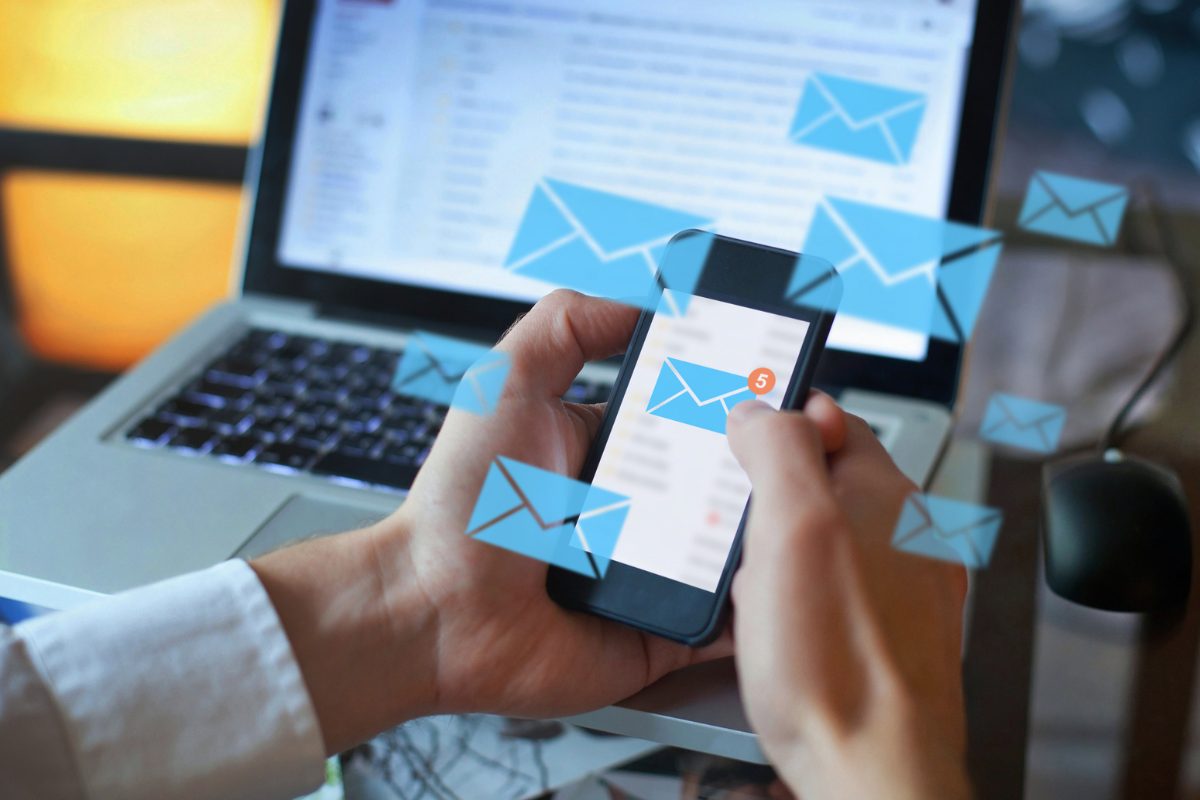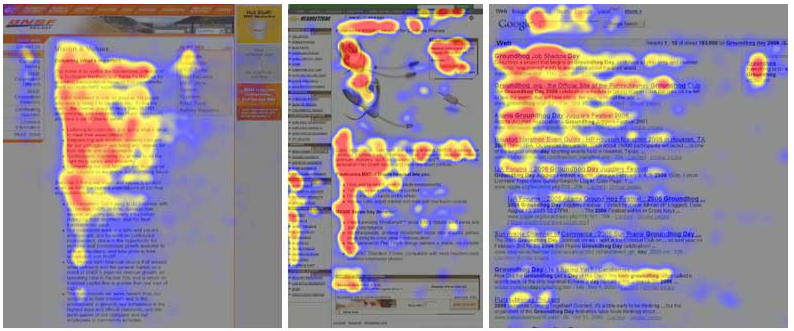Stop wasting time following up on emails that weren't read!
What does BLUF stand for?
See how efficient that was? I didn’t start with context or try to draw you in with a story, I just delivered the punchline right away.
That’s the bottom line up front (BLUF) technique.

Communication trade-off: flow vs effectiveness
Do you want your emails to flow or do you want them to be effective?
Many of us like to communicate logically. A leads to B leads to C. But that means the most important part of your email is often at the bottom and gets missed.
A few years ago, I sent a lengthy (but logical!) email on an upcoming project. I received a response within two minutes - when do you need this by? Um, I had clearly outlined the timeline at the bottom of the email . . . which they had not fully read.
We all get way too many emails we don’t have time to read, so we skim.
Skimming pattern: “F” shape
People tend to skim in roughly the same way, which means we can adapt our writing style accordingly.
Research from Nielsen Norman Group (NN/g) in 2006 (and confirmed in 2017) showed that online reading material is often skimmed in a rough F pattern.
- First, people are likely to read the first few lines.
- Then, they skim down the left-hand side.

Adapt your writing by using a bottom line up front technique, taking advantage of the reader’s early attention. Also, Jakob Nielsen (NN/g 2006) says to “start subheads, paragraphs, and bullet points with information-carrying words.”
How to write using bottom line up front (BLUF)
Bottom Line Up Front (BLUF) is a military technique to quickly and efficiently share what the reader needs to know.
Kabir Sehgal (HBR 2016) suggests starting with a clear subject line such as ACTION, SIGN, INFO, DECISION, REQUEST, or COORD.
Carmine Gallo (Inc. 2021) says the bottom line should quickly answer the following:
- “Why am I receiving this email?
- What information does it convey?
- What important dates or deadlines do I need to know?”
Any email content after the BLUF is at high risk of being skimmed, so structure accordingly with left-focused headings and bullets (“F” structure).
Example without BLUF
This email isn’t getting read (and I cringed just writing it!)

Here’s what I see above:
- vague subject
- a wall of text
- focused on being friendly
- providing more context than necessary
- no clear action items
Example with BLUF
Let’s rewrite the email above using the BLUF technique.

Highlights of the revised version:
- action-oriented subject line
- shorter overall
- focused on being clear
- minimum required context
- clear action item
Which version do you think will drive higher compliance rates?
Inverted pyramid structure from journalism
If you think the BLUF email above was too short, let’s explore another concept that can soften a strict BLUF approach.
Journalists and other writers use an inverted pyramid structure to communicate “the most substantial, interesting, and important information” first (credit: Wikipedia). Journalists still write comprehensive, full-length articles, they just do so strategically.
Corporate office workers (myself included) can learn a lot from journalists who understand just how valuable and fleeting someone’s attention is.

Optional additional reading
I combine the BLUF and inverted pyramid techniques with a section I call “Optional additional reading” (and yes, I actually call it that in my emails).
These paragraphs typically contain context about how decisions were made, what alternatives were considered, or some FAQ.
Any optional reading sections have to be at the END of an email so folks who only want to review the minimum can stop scrolling once they reach this section. Adding a horizontal line before this heading is a useful visual indicator.
Example with optional additional reading
Let’s take the previous example even further.

This email is likely to drive higher compliance rates AND have fewer follow-up questions. I love the efficiency!
When to use these techniques
I recommend keeping the skimmable “F” structure in mind for all digital communication. It’s human nature to look for shortcuts. Deep down, you already knew your emails weren’t getting 100% read.
When is bottom line up front the best approach? It depends.
I recommend using BLUF for internal emails or in situations where you already have an established relationship. It’s great for situations where you need clear communication and action by a deadline.
If you’re using email to build a relationship though, you’ll need to adapt your approach to the context at hand. You might want to start by introducing yourself or reminding the other person where you’ve connected previously. You may have a request that’s your bottom line, but you may want to think about connecting and offering value to the other person first.
Add an “optional additional reading” section sparingly. It’s helpful when you’re not sure if something is need-to-know or nice-to-know, or when you can reasonably anticipate some FAQ.
Final thoughts
A BLUF approach is efficient and can absolutely get results. But it doesn’t give anyone the warm & fuzzies. Over the last few years, I’ve received positive feedback on my clear emails, but throughout my career, I’ve learned an important lesson:
As Steven R. Covey says, “Begin with the end in mind”.
Anything you would add? Leave it in the comments!





